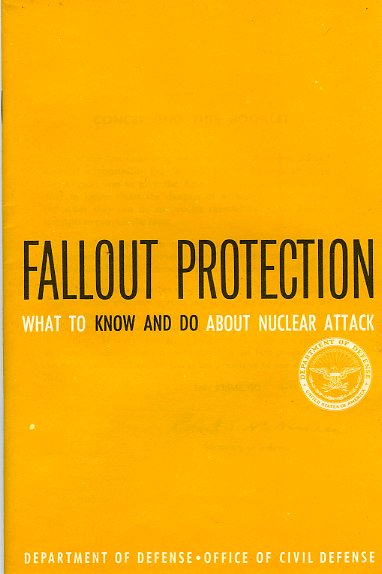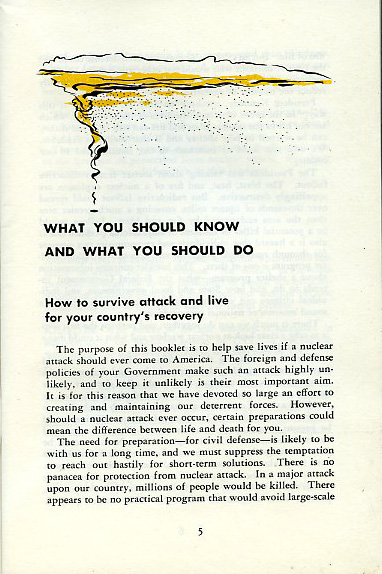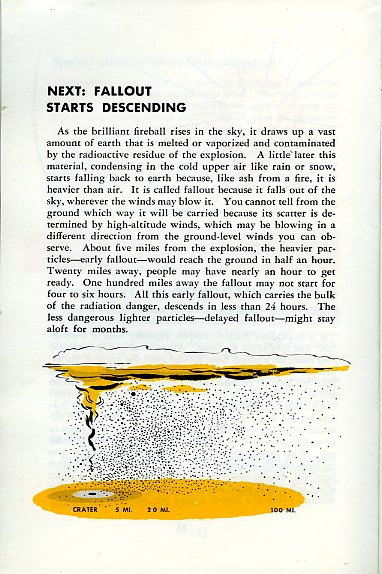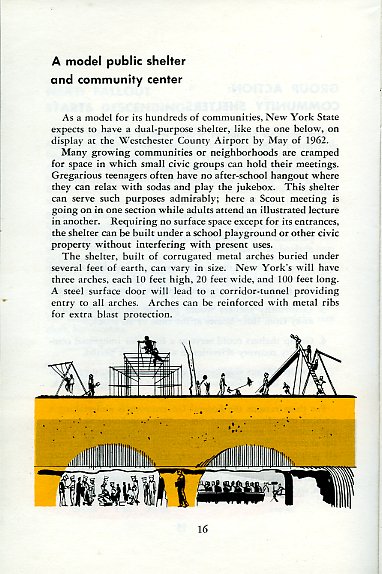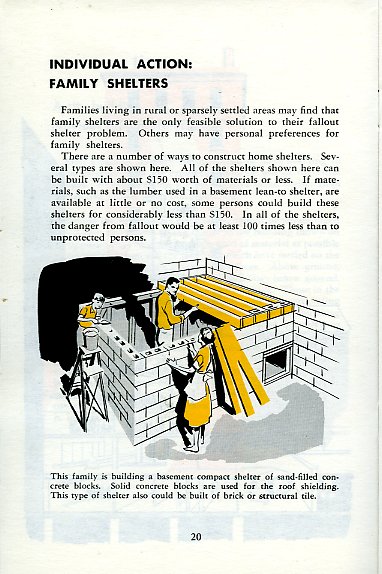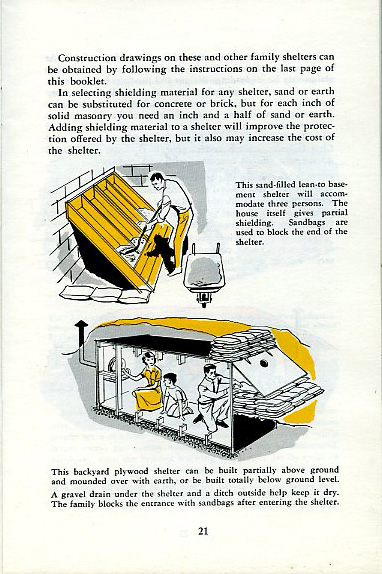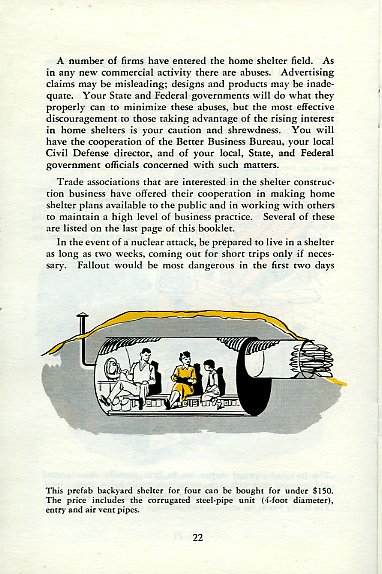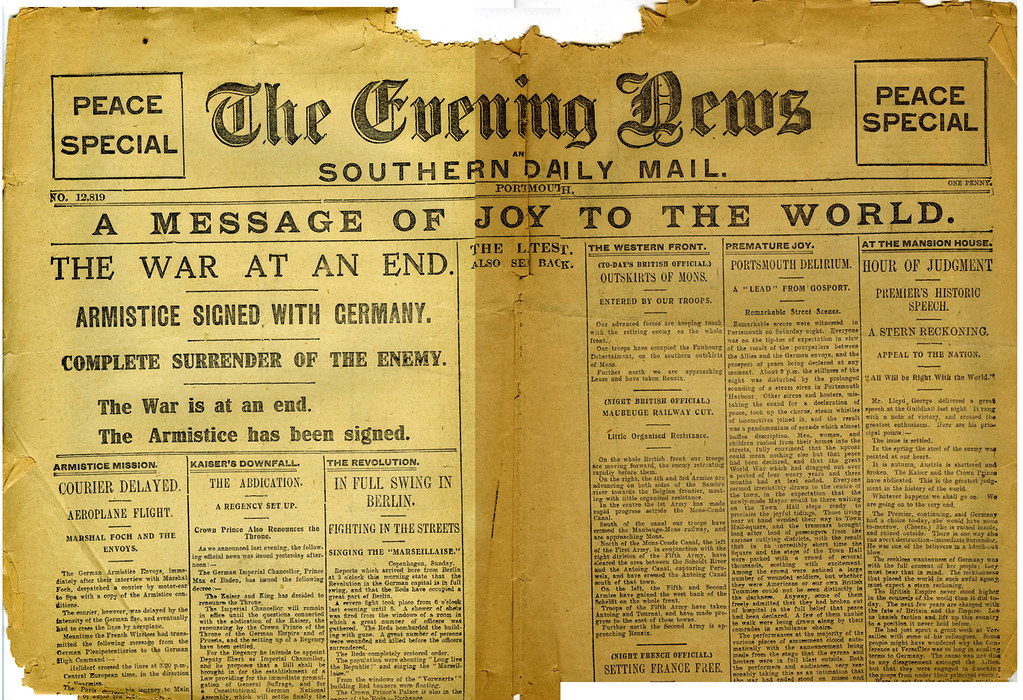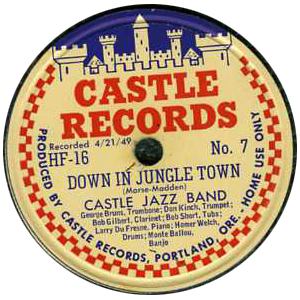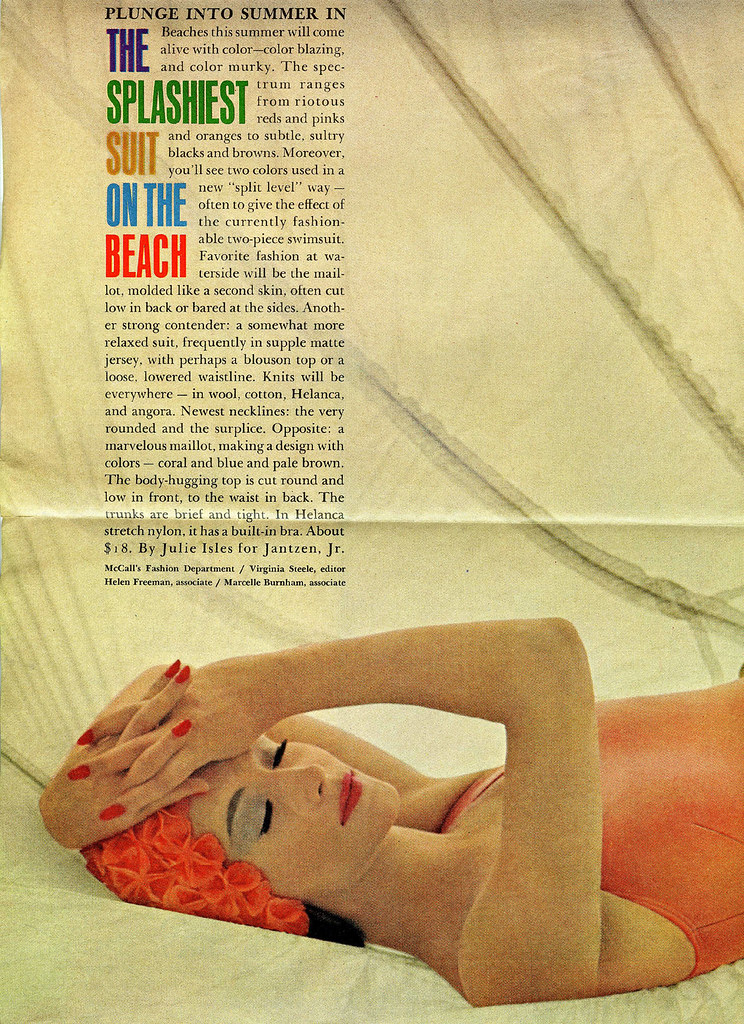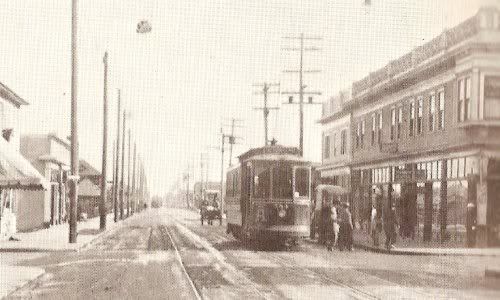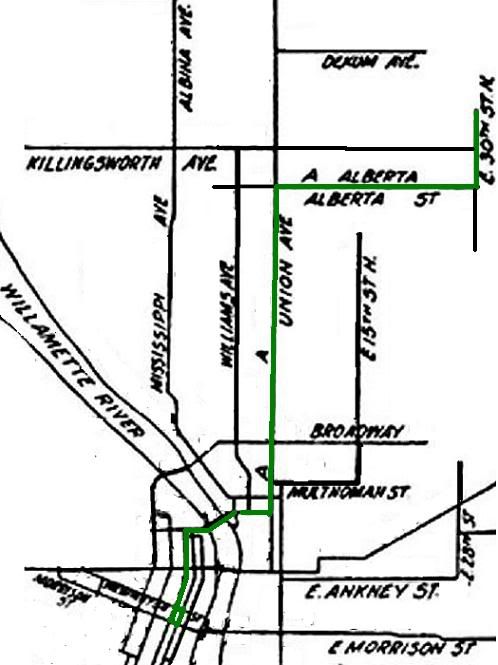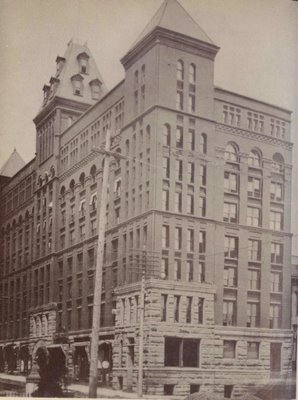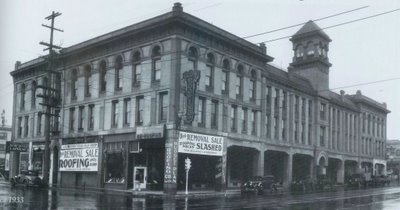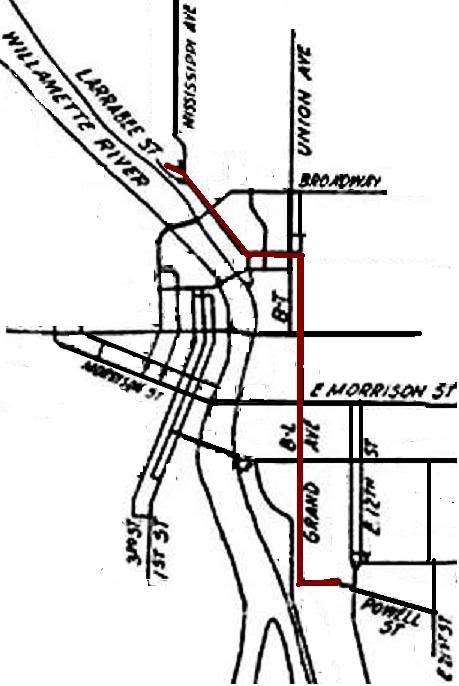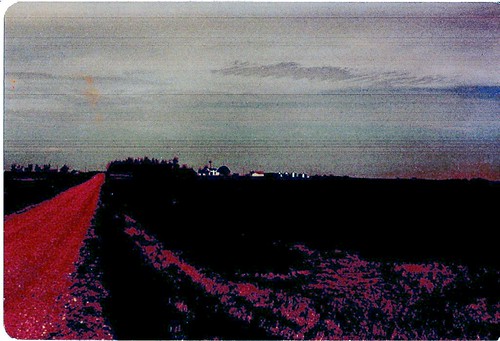
I would not want to be stuck on this road if this is what it looked like.
"Yeah, the Richards' farm is down the blood-red road, lined by pitch black fields under a stippled sky. You can't miss it!"
-d.d.



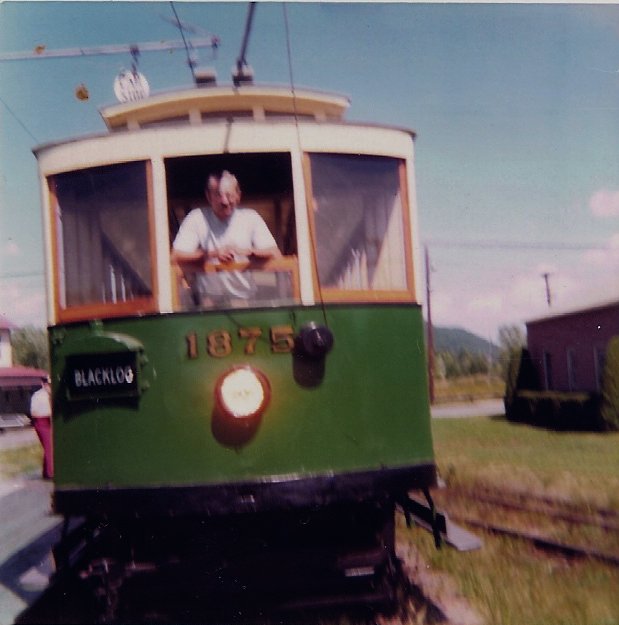
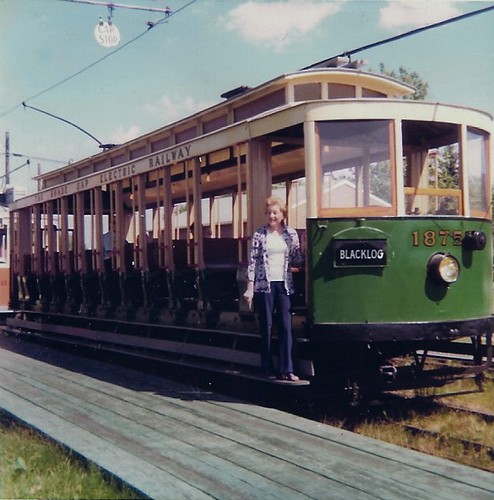
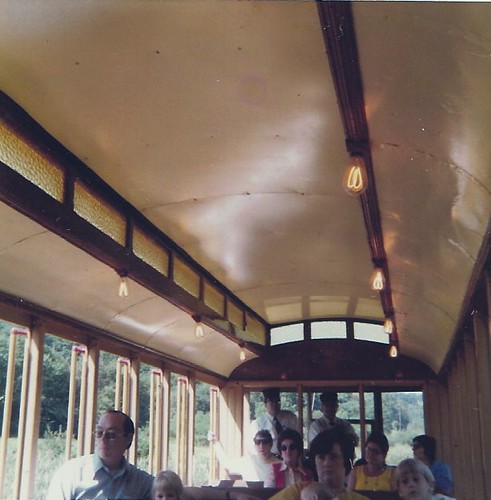
Open cars were very expensive for the transit companies to operate. Unless the climate was always warm, the transit company needed to have a second set of cars for the passengers to ride during the winter weather. Rainstorms were also a problem, although curtains that could be drawn provided some relief. The public still loved the open cars in the hot summer months. It was necessary to have a crew of two people to operate an open car, a motorman to run the car and a conductor to collect the fares. This was a dangerous job for the conductor as he walked along the side running boards to collect the fares as traffic in the busy streets flew by him. For these reasons the open cars were replaced by closed cars or semi-convertible cars.
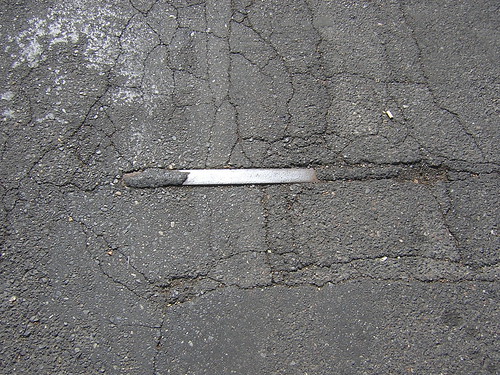
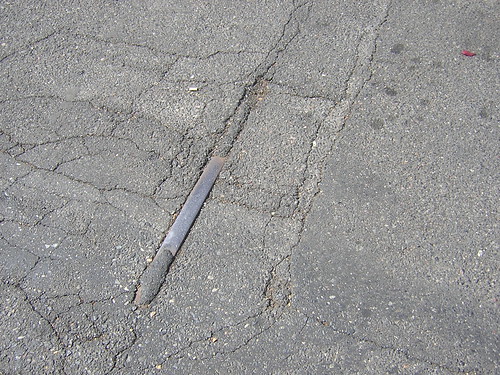
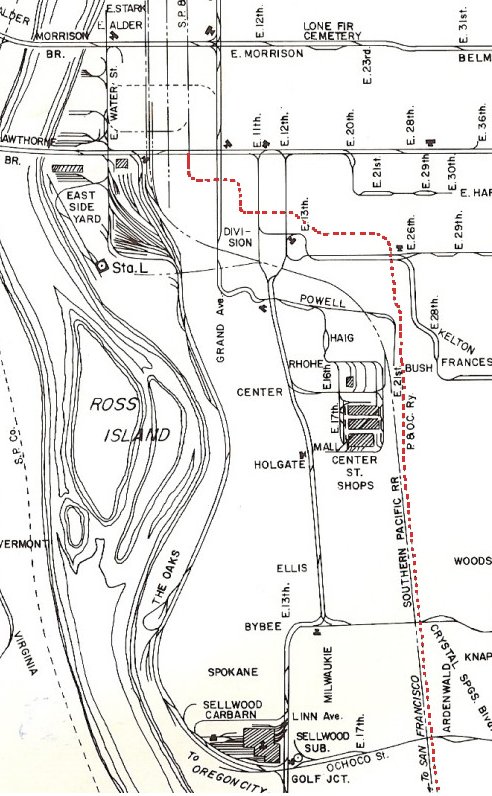
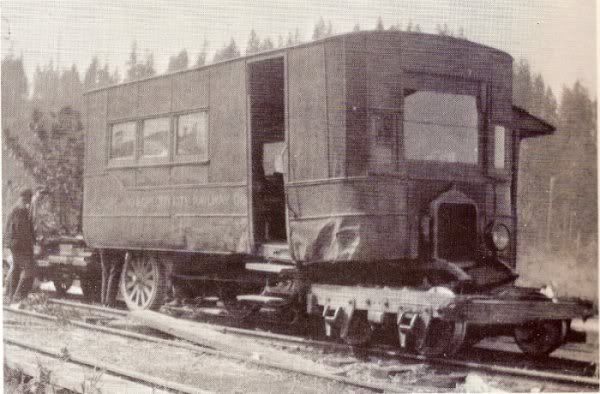



a bartender, tired of answering questions, put up a blackboard behind his bar to list incoming ships and their berths for the information of sailors and waterfront gentry.In later years the saloon became a simple eatery, "Boss Lunch."
The exchange was organized and incorporated in 1879, the same year the O&CRR Ferry No. 2 was launched, and moved "uptown" to First and Ankeny streets.3
Close by the corner of 20th and Morrison one finds the grave of hard-drinking Jim Turk, one of Portland's most infamous shanghai specialists, who sent many a drunk and unconscious lumberman to sea via the mildewed tunnels beneath Old Town; in death, Turk masquerades as little more than a wealthy pillar of local industry.Further tales of Turk & fellow crimpers Larry Sullivan & Jim 'Bunco' Kelly include Kelly (who crimped 50 men in 3 hours, once) discovering 20 dead men who
had apparently found a keg in the cellar of a saloon and drunk heartily. It turned out, however, that they were actually in the mortuary next door and had drunk embalming fluid (formaldehyde) instead! Not a man to waste an opportunity, Kelly sold the bodies to an unsuspecting captain for $52 each ($2.00 over the going rate) because he had managed to get the men so “dead drunk” that they surely wouldn’t awaken until well out at sea.Of course, if your are familiar w/ Portland in the end of the 1800s none of this should come as a surprise. Still, you should read this comic.

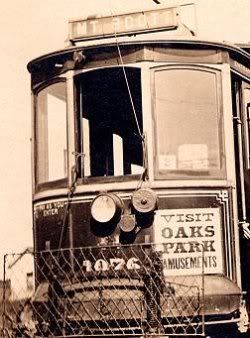


1891: The City & Suburban Railway Co. acquires a fistful of smaller trolley companies to become largest streetcar company west of the Mississippi
1892: The Portland Consolidated Street Railway Co. emerges as the counterpart to the City&Suburban.
1893: The East Side Railway Co. completes 1st electric interurban line in the U.S. between Portland & Oregon City.
1896: Portland Consolidated goes bankrupt & is purchased by Portland Railway Company.
1901: East Side Railway Co. sold in foreclosure & eventually emerges as Oregon Water Power & Railway Co. by 1902.
1904: Portland Railway and City & Suburban merge, forming Portland Consolidated Railway.
1905: Portland Consolidated Ry. sold to east coast interests for $6million & name changed to the (second) Portland Railway Co.
1906: Portland Railway consolidated w/ Oregon Water Power & Railway to become Portland Railway, Light and Power Company. PRL&P presided over a system of 28 streetcar & interurban lines, zenith-ing in the years just prior to World War I.
1924 PRL&P changes name to Portland Electric Power Company (PEPCO), but lines remained essentially the same. Although PEPCO operated 3rd largest narrow gauge streetcar system in the US, growth slowed during the 1920s as cutbacks in service & labor, such as remodeling equipment to facilitate one-man car operation, became the norm.
